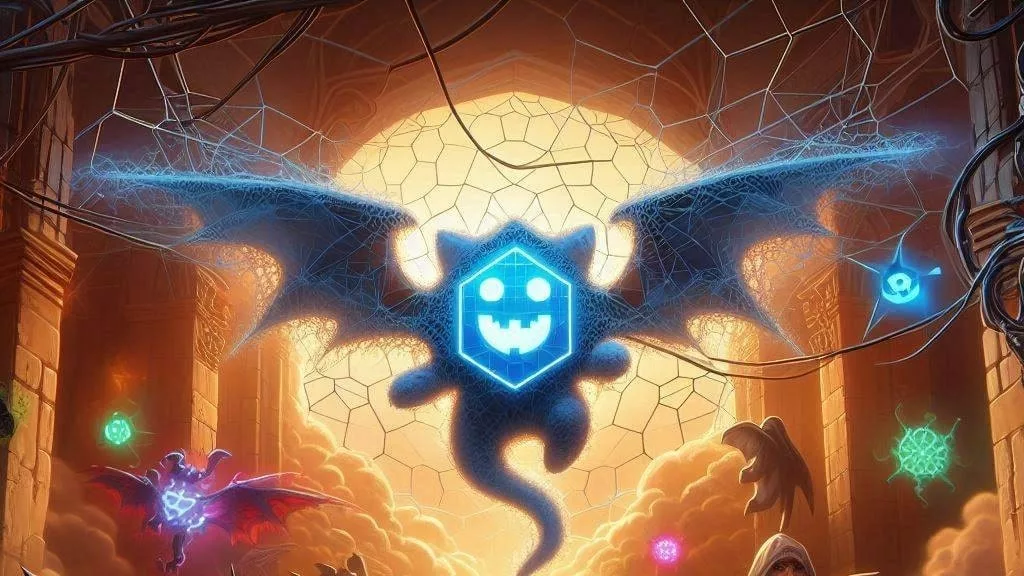
The ongoing debate between Solana (SOL) and Ethereum (ETH) has intensified as both blockchains continue to shape the future of decentralized finance (DeFi). While Ethereum has long been the leader in smart contracts and decentralized applications, Solana’s rapid growth and technological advancements have raised discussions about its potential to outpace Ethereum. Kyle Samani, co-founder and managing partner of Multicoin Capital, has been a vocal proponent of Solana, and his recent statements shed light on why he believes the blockchain is poised to lead the next wave of financial applications.
Samani, who backed Solana during its early seed round in 2018, remains bullish on the blockchain’s future. Multicoin Capital, under his leadership, has doubled down on its commitment to Solana, pointing to the blockchain’s unparalleled speed, high throughput, and cost-efficiency as reasons for its potential to surpass Ethereum. Samani emphasized Solana’s ability to scale global financial applications, stating, “If you look at core L1 infrastructure, Solana is the fastest horse today.”
He also believes that Solana is on the verge of a breakthrough in enabling fully on-chain order books that could rival centralized exchanges in both efficiency and functionality. This, according to Samani, is a major factor in Solana’s ability to outshine Ethereum, especially when it comes to decentralized trading platforms.
One of the key reasons Samani favors Solana over Ethereum is the blockchain’s focused optimization for financial applications. He believes Ethereum’s broader, generalized framework hinders its potential for scaling high-performance trading and DeFi solutions. Samani points out that Ethereum’s design, in contrast to Solana’s, is not as optimized for financial applications, leading to inefficiencies.
“Ethereum’s core problem is they’re not optimized for anything. The definition of focus is saying no to things. And they absolutely refuse to do so,” Samani argued, highlighting Solana’s design as better suited for scaling DeFi and trading solutions.
Samani has also raised concerns about Ethereum’s roll-up-centric approach to scaling. While roll-ups are seen as a solution to Ethereum’s scalability issues, Samani believes that this approach has led to the centralization of the network. He remarked, “All of the rollups we have today operate with complete centralization. Ethereum initially aimed for maximum decentralization, but its scaling approach involves centralizing first and then attempting to re-decentralize. That strikes me as bizarre.”
In contrast, Solana’s monolithic design, which prioritizes low latency and high throughput, positions it as a more effective solution for Internet-native capital markets. Samani explained that to scale effectively, a blockchain must focus on latency, throughput, and gas costs, a philosophy Solana embraced from the start.
As the competition heats up, Solana continues to dominate in some key areas, particularly in decentralized exchange (DEX) trading volumes, transaction fees, and user adoption. Solana’s cost-efficiency and transaction speed have allowed it to maintain a multi-million-dollar lead over Ethereum in terms of DEX volumes, and this trend is expected to persist into 2025.
Though Ethereum still holds the upper hand in terms of market capitalization and developer activity, Solana’s ability to offer lower transaction costs and faster speeds makes it an attractive option for many DeFi projects. This has contributed to Solana’s growing popularity and is one reason why it’s often seen as a serious contender to Ethereum’s throne.
Kyle Samani’s bold prediction that Solana could eventually outshine Ethereum is based on the blockchain’s speed, efficiency, and focus on high-performance financial applications. As Solana continues to dominate in areas like DEX volumes and transaction fees, and with Ethereum facing challenges related to scaling and centralization, the future of blockchain may be more competitive than ever. While Ethereum remains the leader in many areas, Solana’s rapid growth and technological advancements make it a strong contender for the title of the top Layer 1 blockchain.




Get the latest Crypto & Blockchain News in your inbox.